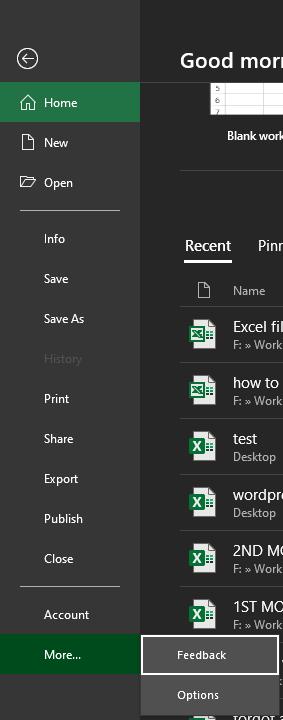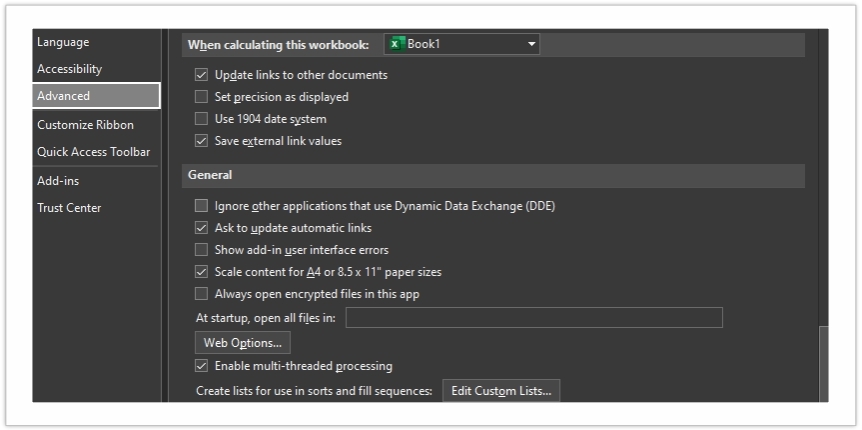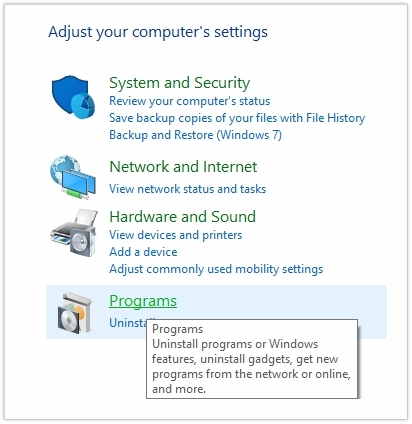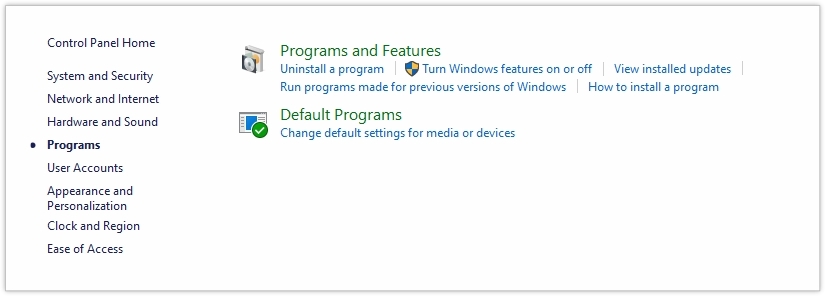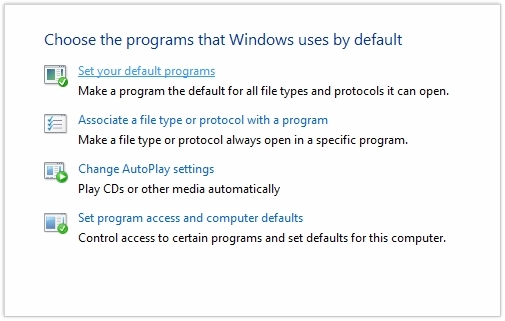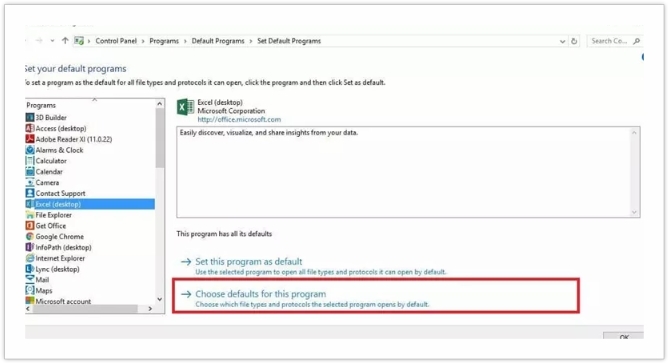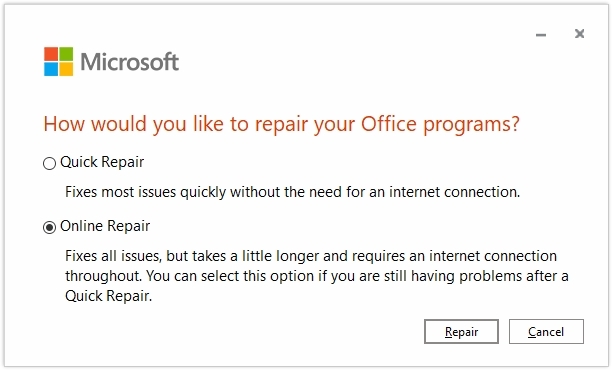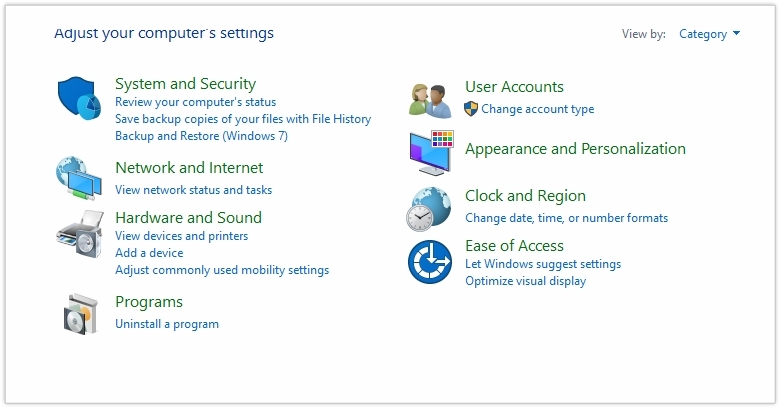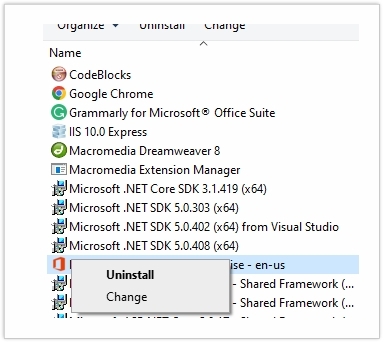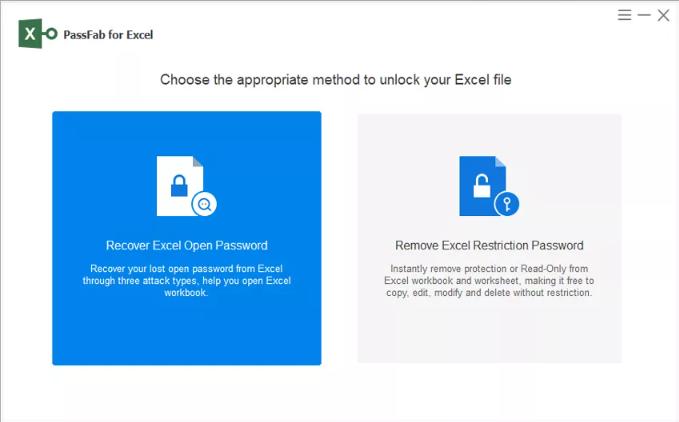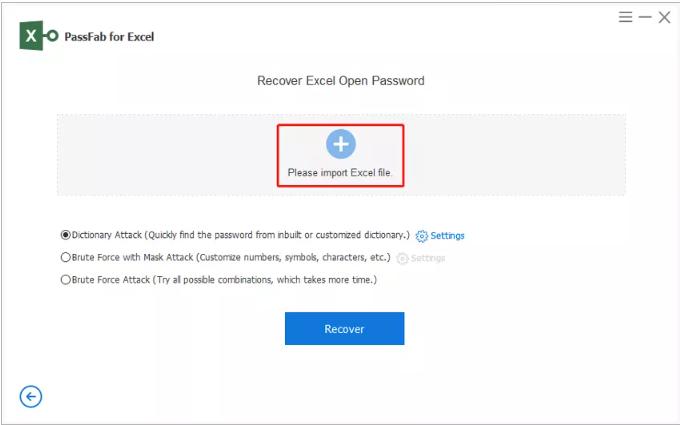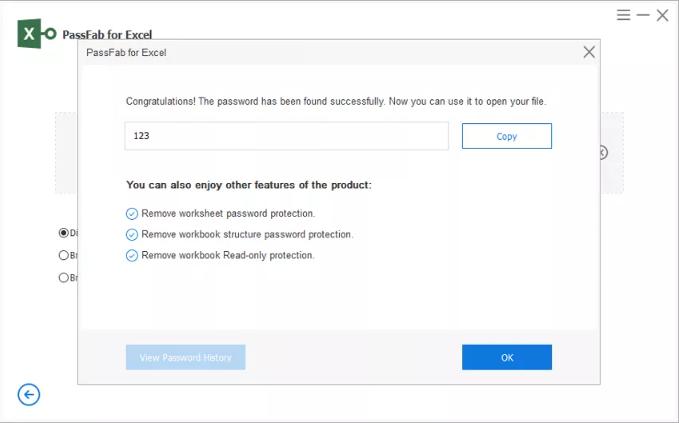MS Excel is an important application that many companies use to manage their data and customer information. Sometimes, when you open an Excel file by double-clicking it, you land on a grey or white blank screen. Simply put, you do not see the file's content you opened. This means that the Excel file you are trying to open will not open. Many people worldwide face this issue even after opening and closing the file multiple times. The major reasons for this issue include:
- The file might be corrupted.
- Incorrect file extension.
- The file is already open in some other program.
- Problematic Add-ins.
Whatever the reason, if you face the same issue and want to access your Excel file, this article will present the best ways to fix the "Excel files won't open" issue. Give a read to it and try out the proposed methods; your issue will be resolved in no time!
Are you trying to open your Excel file but do not see the file contents? Are you unable to open an important file that you need to access immediately? If yes, here is what to do!
Part 1: How to fix "Excel won't open file in Windows 10/11" issues?
Fix 1: Uncheck the Ignore DDE Box:
The Dynamic Data Exchange (DDE) settings determine how Excel interacts with other applications. You may face this issue when this setting is enabled, as it does not let the Excel files open. You can access the MS Excel application from the Start Menu but won't be able to open the individual Excel files. You can resolve "Excel file not opening" problems by simply unchecking the Ignore DDE box as follows:
Open MS Excel and go to the File Menu and click on Options:

- Go to Advanced settings.
In the General group, uncheck the "Ignore other applications that use Dynamic Data Exchange" box.

- Click OK to save and close settings.
To open the Excel files, it is necessary to uncheck the ignore DDE box, as Excel will ignore all the DDE instructions sent from other programs if checked. This is the simplest, easiest, and most common solution to the "Excel files won't open" problem.
Fix 2: Reset Excel File Associations:
File associations for any file are used to ensure that the file opens in the corresponding application. If the Excel file has incorrect associations, it won't open. Repairing MS Excel won't help much in resolving the issue, so you will have to reset the Excel file associations by following these steps:
Open the Control Panel and click on the Programs link:

Go to Default programs and click the "set your default programs" link:


- Find Excel from the list and click on it.
Click the "Choose default for this program" link.

When the Set Program Associations screen appears, check the Select All box and click Save and OK to save settings.

Excel file associations have been reset successfully. You have fixed the issue due to which your Excel files won't open.
Fix 3: Repair Microsoft Office:
Sometimes, the issue is not with the file but with the MS Office, due to which Excel files won't open. When this is the case, the issue is quickly resolved by repairing MS Office. Here is how you repair MS Office:
Open the Control Panel, go to Programs and click on Uninstall a program link under it.

Look for Microsoft Office in the list of programs and right-click on it.

- From the drop-down menu, click on Change.
Choose Online Repair and click the Repair button.

Microsoft Office will take some time to repair the applications. Once done, all the bugs and issues will be automatically resolved, including Excel crashes when opening files, and all the Office applications will run smoothly. Do not forget to restart your PC after the repair has been completed.
After trying the above methods, you will be able to open the Excel files without Excel being crashed or any file refusing to open. Now that you know how to resolve the Excel file not opening problem, let's look at the solution for another problem many people face, i.e., being unable to open a password-protected Excel File.
Part 2: How to Open a Password Protected Excel File?
In the above discussion, we saw what to do when an Excel file doesn't open, but what if the file opens but is password-protected, and the password is unknown to you? Sometimes, we do not open the password-protected files for so long, and when we open them, we realize that we forgot the password. What to do in such a situation? Many people end up deleting the file as it seems impossible to recover it, but you do not need to do that in the presence of PassFabs's Excel Password Recovery tool.
PassFab for Excel:
PassFab for Excel is an Excel password recovery tool that lets you access your Excel files without needing to enter the password. This tool removes the password from the Excel files without damaging any data in the file within the shortest time possible, regardless of password complexity. Here is how to use PassFab for Excel tool:
- Download, install and open PassFab for Excel on your PC.
Click on the "Recover Excel Open Password" option:

- Upload the password-protected Excel file by clicking the + (Please import Excel file) button.
Choose the mode of recovery and click the Recover button.

Let the software recover the password. The process may take some time as it will try different password combinations. Once completed, the password will be displayed on the screen.

You can now copy the recovered password and use it to access the locked file. This is the best tool available for Excel password recovery.
Final Words:
MS Excel is a widely used application as it is the best yet simple tool developed by Microsoft to manage data and perform calculations upon it. Sometimes, the Excel files refuse to open due to some bugs and errors. When you double-click on it, MS Excel opens, but the file is not displayed, or Excel crashes when opening files.
In this article, we have addressed the Excel file won't open problem. You will find different methods to resolve the issue. Besides this, you will also find the best solution to open a password-protected Excel file, i.e., PassFab for Excel, if you lose your password. PassFab for Excel is the most efficient tool to recover Excel passwords as it does not damage any data and has a 100% success rate. We hope you found this article helpful. Thank you for reading!
